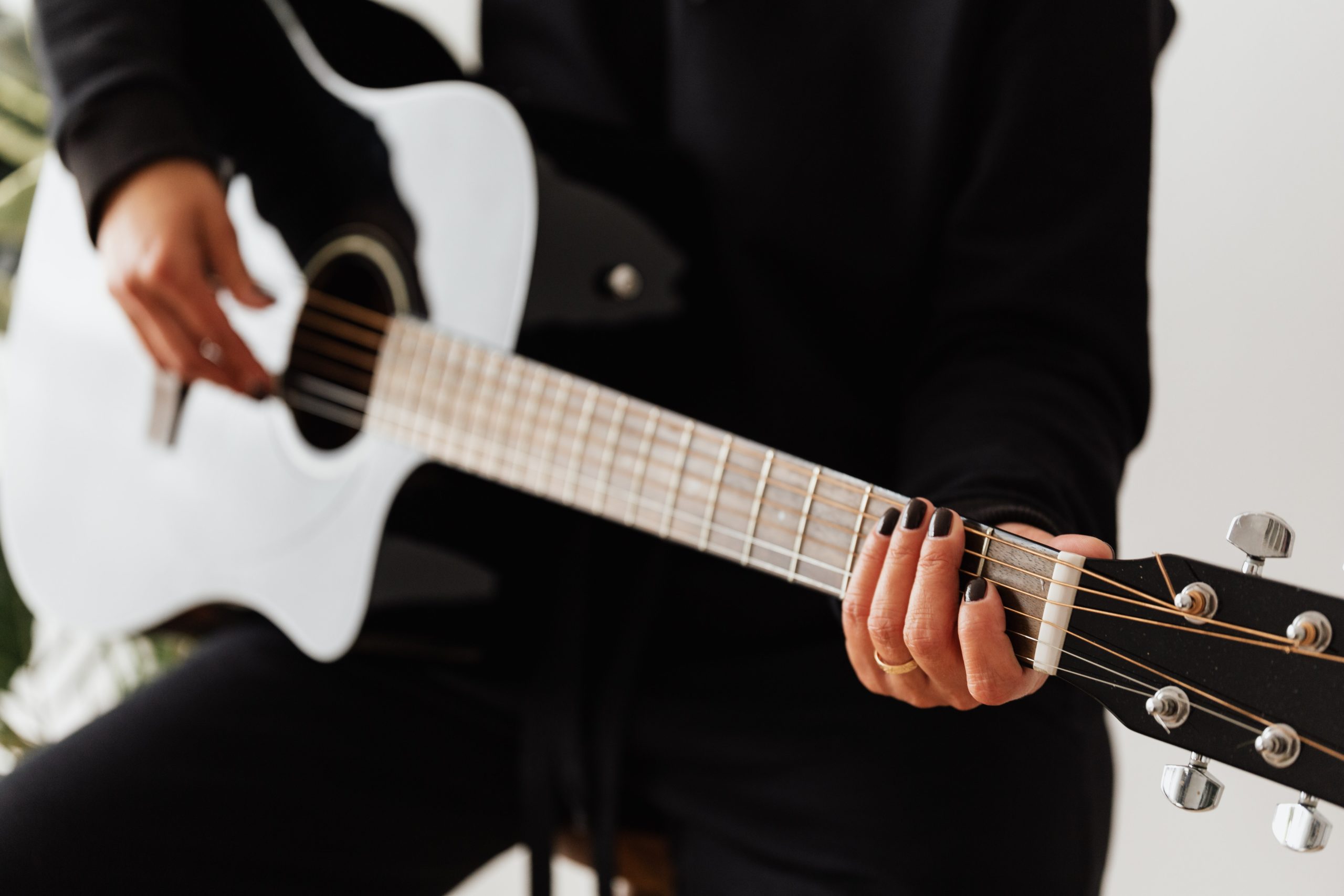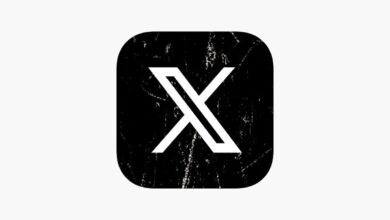
The rising popularity of the DIY music genre bedroom pop is a testament to how accessible music-making has become. Indeed, anyone with a computer can start recording their own songs and release it into the world. While that alone is an amazing feat, what’s even more impressive is that it’s possible to take the computer out of the equation too.\
Nowadays, even your smartphone can be used as a recording studio. After all, with all the advancements in smartphone tech — from tracking one’s health to shooting entire movies, the ability to record music on mobile isn’t far-fetched at all. So how do you go about doing this? Below, we’ve prepared three tips to guide you through the entire process. Read on if you want to know how to turn your phone into a portable recording studio!
What You’ll Need:
The first thing you’ll need is a digital audio workstation (DAW) that’s compatible with your smartphone. A DAW is a piece of software that allows you to record and edit music. It also lets you add instrumentals, in case you don’t have the musical equipment that you need for your song. When it comes to DAWs, GarageBand is a great free option as it is one of the more beginner-friendly digital music production software on the market.
Once you have the software, the next equipment you’ll want to get is a USB microphone. Make sure the microphone that you’ll be using is compatible with your phone. If not, there are USB-C to USB adapters that will let you plug in your mic. With regard to what microphone to use, this will depend on how much you’re willing to spend. The Samson Meteor Mic is a good budget microphone, providing a decent condenser microphone at rock-bottom prices. It’s also quite small, making it perfect for recording on the go.
How to Improve the Sound
While it’s completely possible to record music using your phone, you’ll have to take certain steps to improve the sound quality of your recordings. Luckily, this should be easy enough to do especially if you have the right equipment. For guitar recordings, a good equalization pedal can make a huge difference in making your guitar recordings sound clearer and more balanced. You’ll also want to use any pedals that you may have on hand for effects, as making use of your DAW’s built-in effects with live instrumentation could prove to be quite erratic when recording on your phone.
Another thing you can do to improve the sound quality is to adjust the location of the microphone. You’ll want to make sure that the mic isn’t located too close to the source of the sound or amplifier, as it could pick up the static from the amplifier.
Preparing Your Space for Recording
Lastly, you’ll want to prepare your space for recording. This is rather simple, as all you’ll really need to do is to minimize the noise in the area that you’re recording in. A great and cheap way to do this would be to apply tape under your door and around your windows to help keep the sound out. Alternatively, you can just bring your phone and other recording equipment to a part of your space that is less susceptible to any unwanted interruptions or noise.
We hope this article helps kick off your music-making journey. If you’re looking for more ways to listen to music rather than make it yourself, check out this article on Apple Music!






